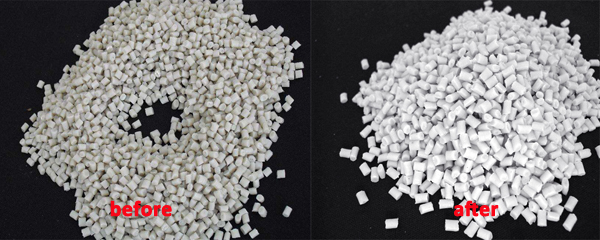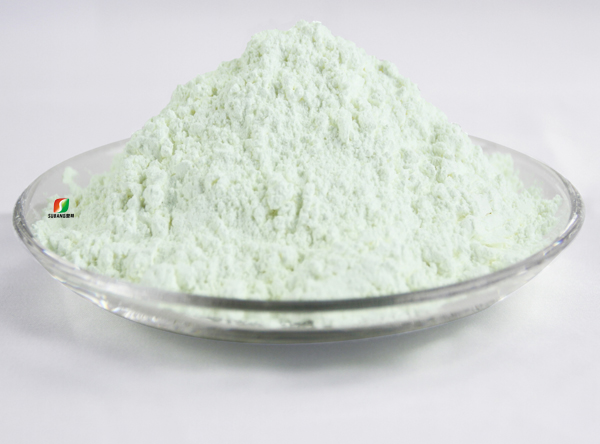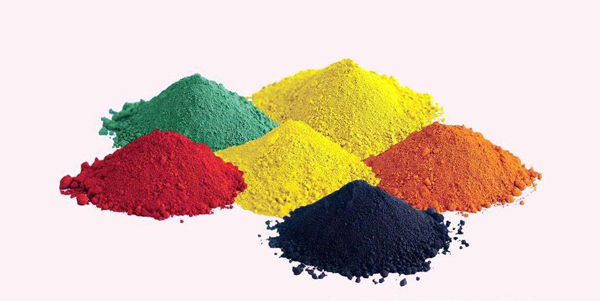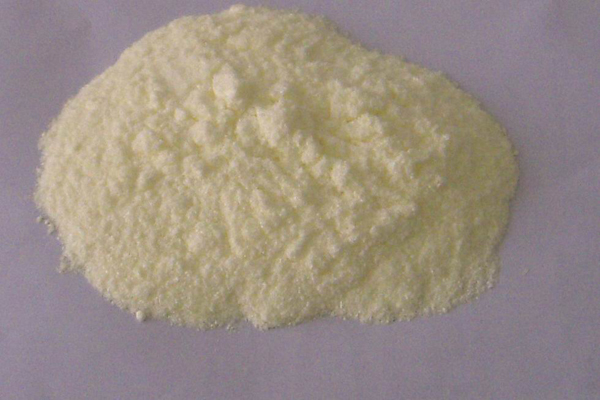In the production process of white plastic products, optical brightener an indispensable additive. Adding a whitening agent to white plastic products can greatly improve the whiteness and brightness of the product, and effectively improve the market competitiveness of the product.
However, the more the optical brightener added, the better the effect. The material of the plastic product, the production process and the processing temperature are different, and the addition amount of the optical brightener also different.
So, what problems should be paid attention to when the optical brightener used in plastics, let’s take a look below.
1. The whitening effect of optical brightenerThe whitening effect is usually expressed by whiteness. In addition to the amount of optical brightenerused, the whiteness is also related to the compatibility and weather resistance of the resin. The optical brightenerwith good compatibility and weather resistance has good whitening effect and long-lasting. Therefore, the most direct and effective way to test the whitening effect of fluorescent brighteners is to test with small samples.
2. The amount of optical brighteneradded The amount of optical brightener generally between 0.05% and 0.1%, and individual products may be added in a larger amount. However, the amount of optical brighteneradded is not better, but there is a certain concentration limit, which exceeds A certain limit value, not only has no whitening effect, but yellowing will appear.
3. The influence of pigments on the whitening effect The whitening of the optical brightener an optical complementary effect, which converts ultraviolet light into visible blue or blue-violet light to achieve the purpose of whitening. Therefore, the components that have the greatest impact on the optical brighteneritself are those that can absorb ultraviolet light, such as titanium dioxide, ultraviolet absorbers and so on. Anatase titanium dioxide can absorb 40% of light at 300nm, and rutile type can absorb 90% of light at 380nm. Generally, if titanium dioxide and optical brightenerare used at the same time, it is best to use anatase titanium dioxide. Generally speaking, when the concentration of the optical brightener the same, the whiteness achieved when zinc sulfate is used is the strongest, followed by anatase titanium dioxide, and rutile titanium dioxide is the weakest.
4. The impact of ultraviolet absorbers The ultraviolet absorber can absorb ultraviolet light, but it can reduce the whitening effect of the fluorescent whitening agent. Therefore, in products using fluorescent whitening agents, it is best to choose histamine light stabilizers that do not change color. If you must add a UV absorber, you should appropriately increase the amount of brightener. In addition, factors such as whether the processing equipment is clean, the purity of the plastic, and the moisture content all have a certain impact on the whitening effect.
Post time: Oct-27-2021





